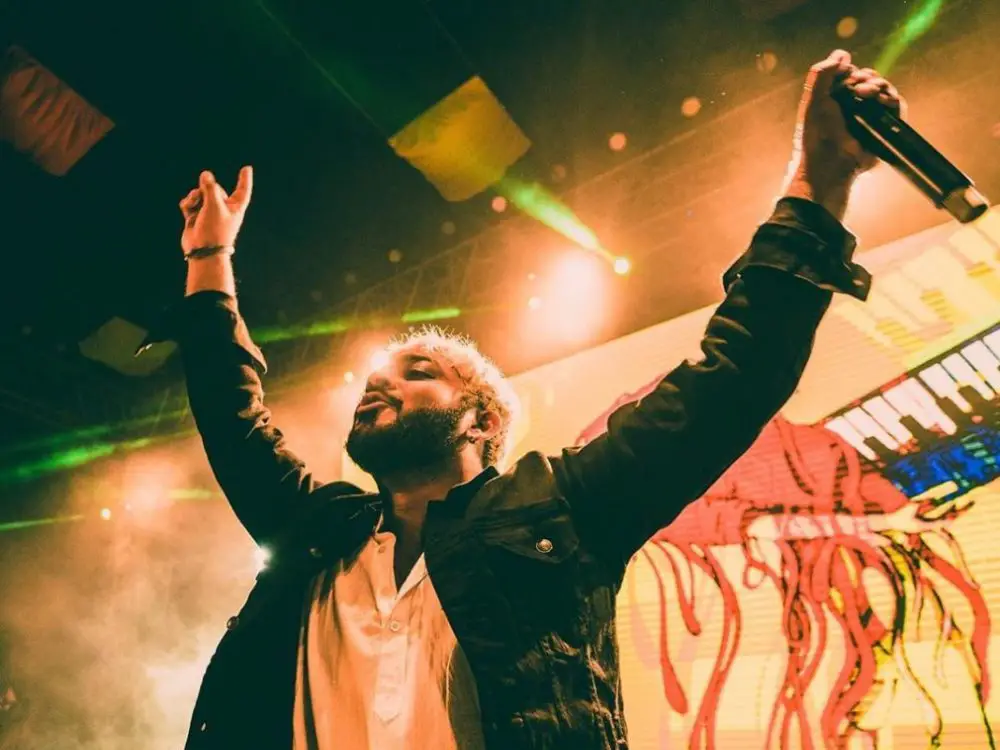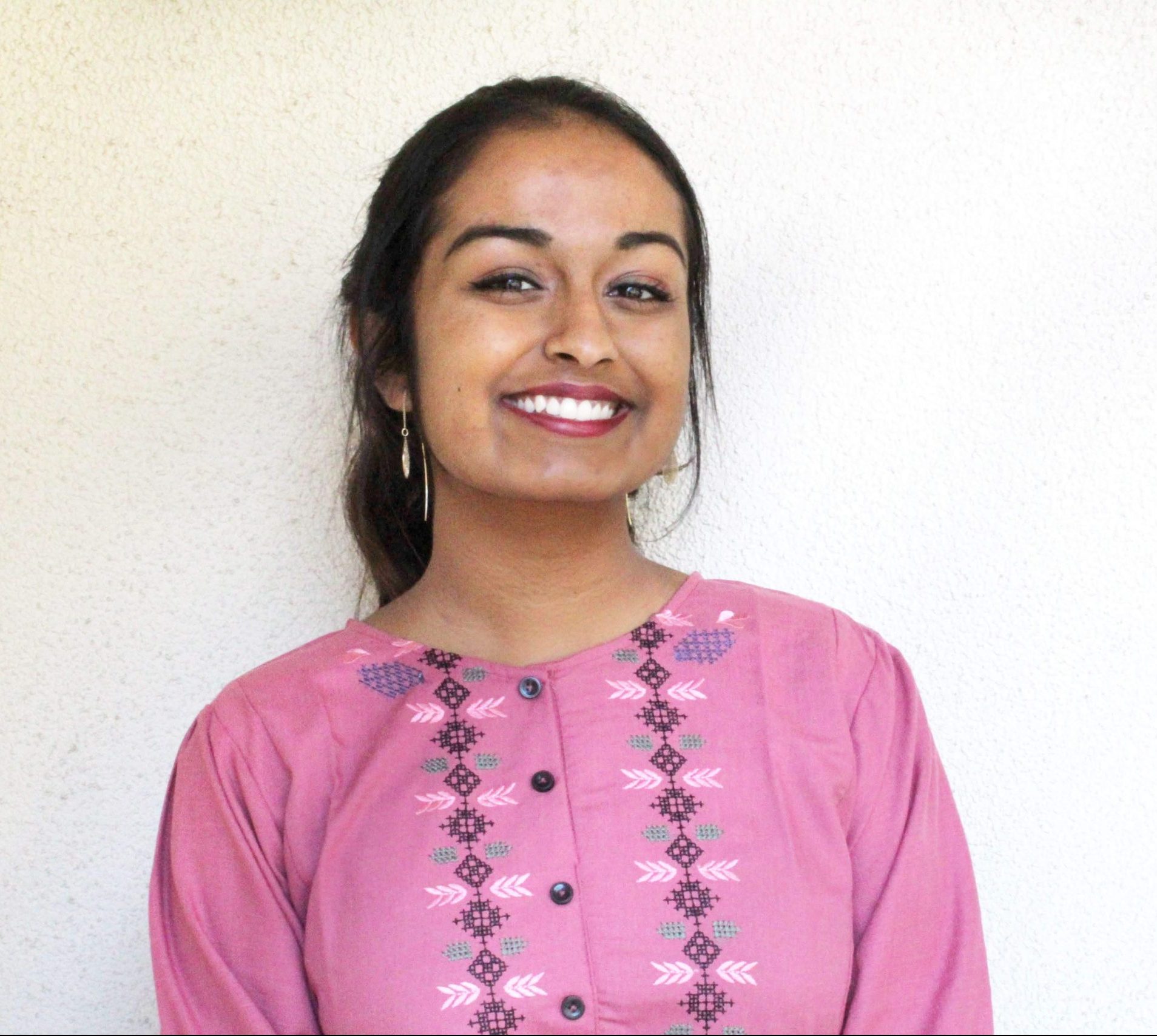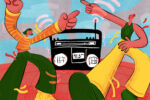In the summer of 2018, Spotify made a change to its music that was set to profoundly alter the demographic of its listeners — it added a new genre called “Desi.” Music from South Asia and the South Asian diaspora received a foothold in the biggest music streaming service in the world. The music was categorized into typical genres like Bollywood, bhangra, chill music, classical, as well as a new genre that is just now taking hold in the subcontinent: electronic dance music, or EDM.
Electronic dance music in India has become the newest craze over the past couple of years. According to an article on Dancing Astronaut, EDM took off after 2013 as the Sunburn Festival, a music festival held in the beach town of Goa, received international acclaim. Attendance at dance music festivals began increasing as EDM was recognized as a trendy genre for young people.
But EDM faced a problem in India — it was so dissimilar to classic and popular Indian music that the risk of it losing steam was high. Dancing Astronaut attributes this risk to two demographic factors: one, the immense linguistic diversity of India and two, the lack of a reliable internet connection for much of the population.
Aside from the 22 official languages in the subcontinent, India has hundreds of regional dialects. Dance music in a Western style can hardly be equal with this level of diversity. Also, since much of the EDM scene occurs online with small, independent artists, not having a reliable Wi-Fi connection would inhibit one’s access to the genre. All in all, EDM seems to have taken off in India despite the vast demographic diversity.
But it holds the promise of a new fusion genre that draws on the novelty of EDM and the time-honored quality of Bollywood and other forms of South Asian music. “Indianizing” EDM music to fit the classic Bollywood standard is a way of creating harmony between the old and the new, the trusted and the unexplored.
Classic names that fit this melting pot of genres include Nucleya, whose music has appeared in mainstream Bollywood films and made him arguably the most popular Indian electronic music artist. Another artist whose presence is chiefly online is DJ Chetas, known for his remixed mashups of Bollywood songs, which typically have hundreds of thousands, if not millions, of views on YouTube.
But the Bollywood + EDM (known by some as BollyEDM) scene is distinguishing itself beyond what Nucleya and various YouTube DJs have done. Rather than looking at it as a fusion of genres, incoming artists have begun to view it as its own genre, drawing on classic influences to create something new, young and widely appealing.
One of the pre-eminent artists operating in this vein is Ritviz Srivastava, who is known by his first name. The 22-year-old artist was trained in Hindustani classical music and gained international fame for his track “Udd Gaye,” which released in 2018 through Bacardi House Party sessions. His influences and interests are clear in the track.
Srivastava pairs bitter lyrics with upbeat music, which features strong bass and clear beats — it’s the type of song you could listen to as you walked down a street at sunset, pretending you were in a music video. His voice is deep and resonant, matching the thrum of the bass. The song is punctuated by a high electronic tune, which reverberates like wind chimes. It feels earthy and calming, simple and catchy in its repetitiveness.
Srivastava’s style becomes established by this first song that catapulted him to fame. His EP, “Ved,” released a year later, carries the patterns established in “Udd Gaye” over, as well as some experimentation and confidence that a year of professionally making music gave him.
https://www.instagram.com/p/B9QeQWupnGO/?utm_source=ig_web_copy_link
The song “Jeet” on that EP mixes tones expertly, some lyrics overlaid with beats like a metronome, others sung in silence. The lyrics are, like “Udd Gaye,” simple in construction and repeated multiple times. This makes his songs memorable and catchy, while also being easy to sing along to. His music has no barriers to entry; it’s intelligible, it isn’t overwhelming in tonal shifts and it draws a fine balance between two seemingly disparate genres.
His evolution in music making is clear as you listen to his discography. After announcing an album called “Dev” in 2019, Srivastava has been releasing songs one by one that sound like mature, expertly rendered versions of his previous work. “Liggi,” from this album, is profoundly hopeful yet almost nostalgic in composition with its heavy bass. You can almost hear Srivastava smiling through the song.
The EDM refrain is lightweight and calming, a quality found in most of his songs. This feature lends them a tranquilizing quality, which upends the traditional notion of EDM to begin with. People tend to associate EDM with harsh electronic noise, a sound that is artificial and cacophonous. Srivastava’s EDM is the opposite of that — his music is smooth and flowing and distinctly Desi-sounding. The Western-influenced beats serve chiefly to enhance the rippling quality of his songs.
After becoming the new “it” boy in Bollywood/EDM, Srivastava spoke about his process. The importance of his music making lies in its naturalness, in its organic flow from his mind. In an interview with The Hindu, he says, “The day I bother about producing hits and following a certain format is the day I wouldn’t be true to myself.” He isn’t making music to fit a false brand or a trend, but rather to fit what he believes is his best art. His authenticity shines through in his distinct style — he has not bought but earned his fame.
https://www.instagram.com/tv/B9Gk5nvp5Vb/?utm_source=ig_web_copy_link
Srivastava’s clear voice and distinct style in the Bollywood EDM scene gives him a strong psychological hold over a large, ever-changing demographic. Certain songs like “Sage” and “Barso” carry a vivid Hindustani bend; Srivastava’s intonation and choice of formal-sounding Hindi lyrics remind the listener of classical Indian music that is typically associated with older and more traditional generations.
Incorporating Hindustani-inspired lyrics that are unapologetic with EDM beats that appeal to the younger, more hip generation. Young Indians that are increasingly immersed in Western culture as well as diasporic Indians growing up outside their homeland can find a home in this genre, in Srivastava’s music.

















